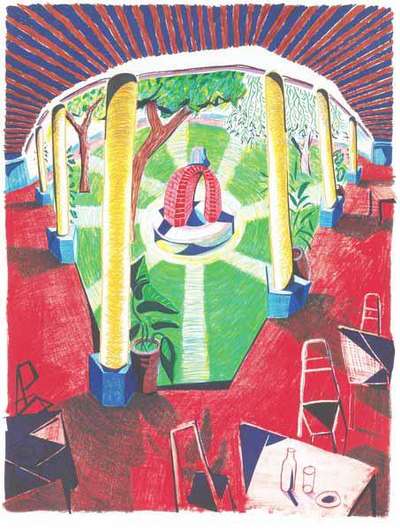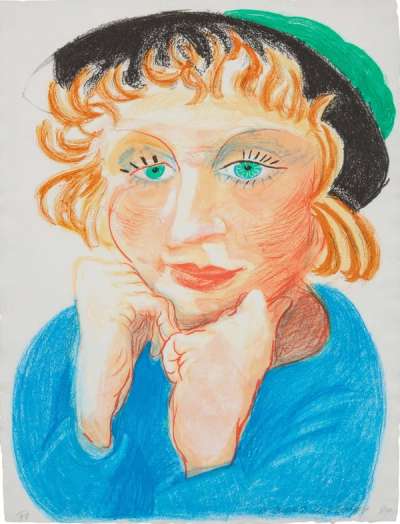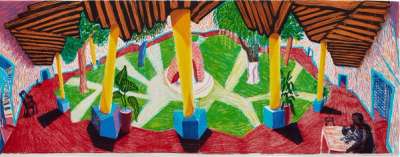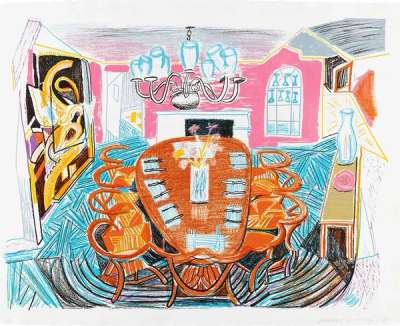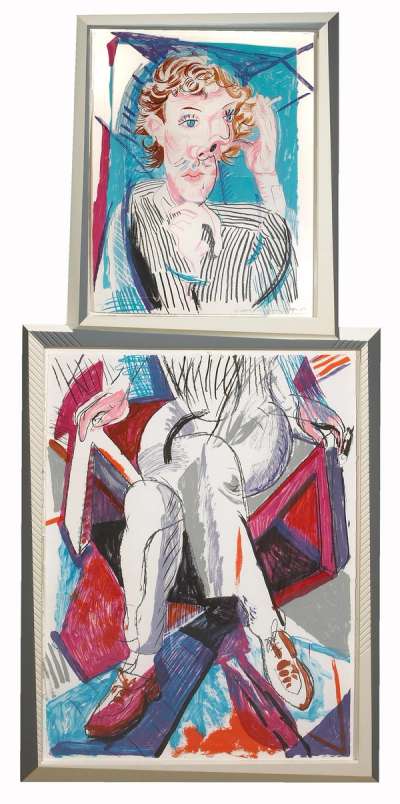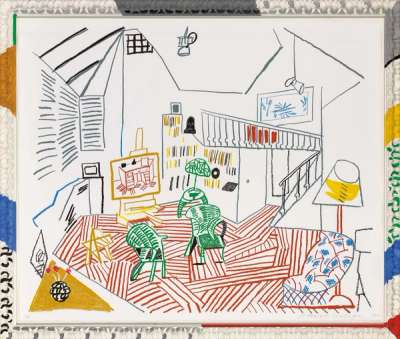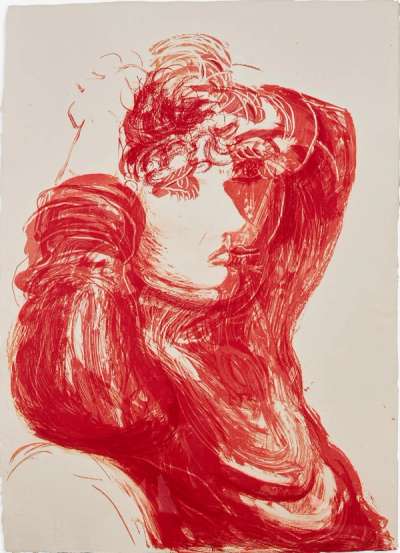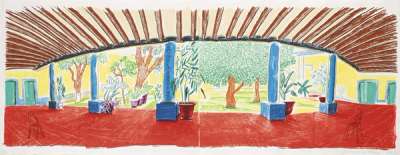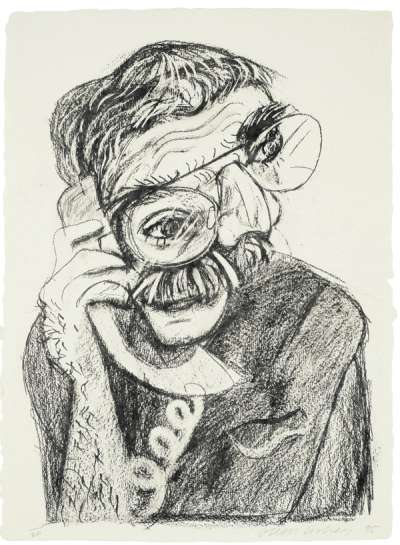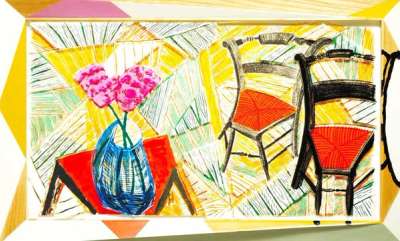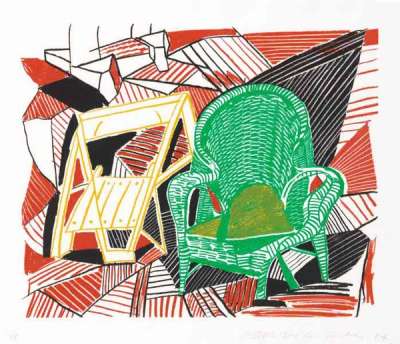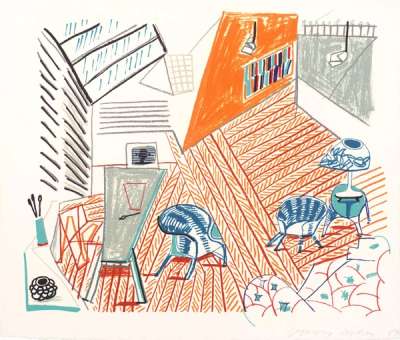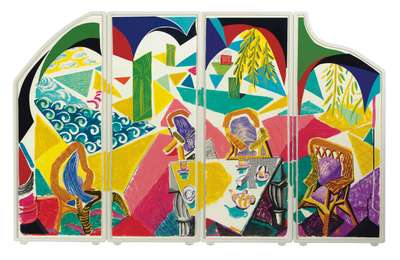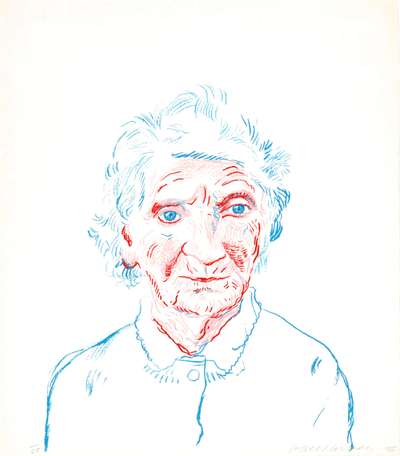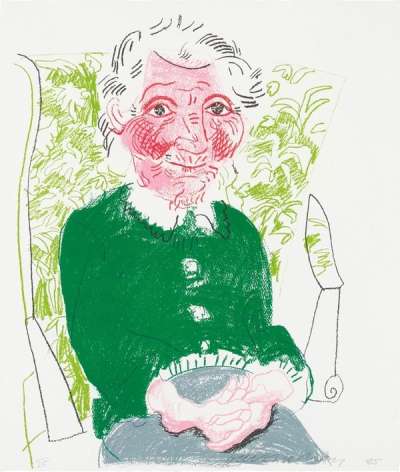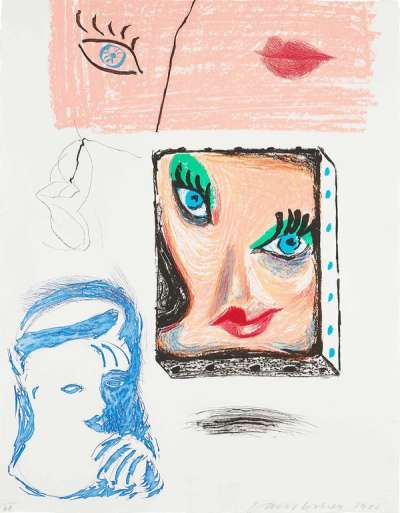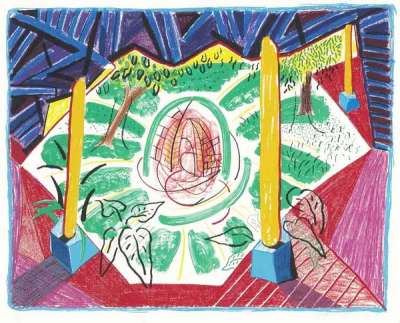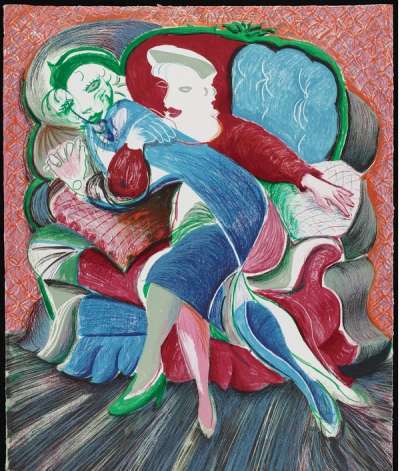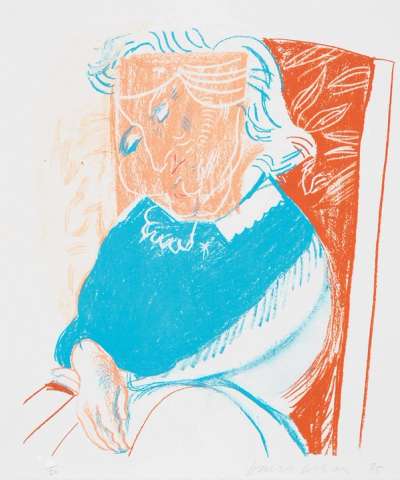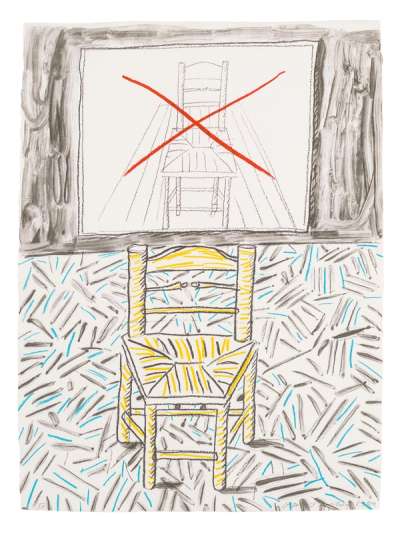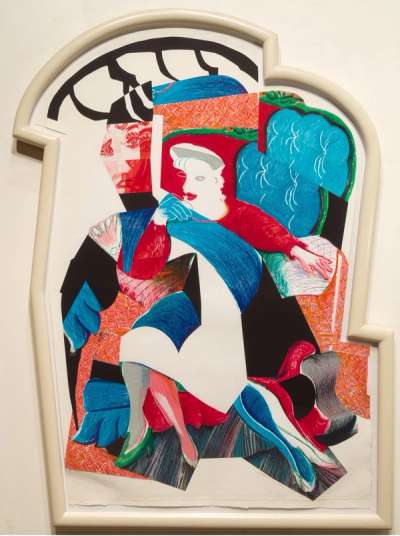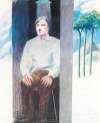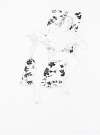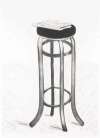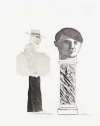Moving
Focus
David Hockney’s largest print series, Moving Focus is perhaps also his most ambitious. Combining multiple styles and techniques it is a tour de force of printmaking and represents the artist’s unfailing fascination with perspective and colour.
David Hockney Moving Focus For sale
Moving Focus Value (5 Years)
Works from the Moving Focus series by David Hockney have a strong market value presence, with 265 auction appearances. Top performing works have achieved standout auction results, with peak hammer prices of £143322. Over the past 12 months, average values across the series have ranged from £8338 to £143322. The series shows an average annual growth rate of 0.95%.
Moving Focus Market value
Auction Results
| Artwork | Auction Date | Auction House | Return to Seller | Hammer Price | Buyer Paid |
|---|---|---|---|---|---|
 Pembroke Studio With Blue Chairs And Lamp David Hockney Signed Print | 24 Oct 2025 | Christie's New York | £6,800 | £8,000 | £10,500 |
 Two Pembroke Studio Chairs David Hockney Signed Print | 23 Oct 2025 | Sotheby's New York | £10,200 | £12,000 | £16,000 |
 Amaryllis In Vase David Hockney Signed Print | 22 Oct 2025 | Sotheby's New York | £68,000 | £80,000 | £110,000 |
 Tyler Dining Room David Hockney Signed Print | 18 Sept 2025 | Phillips London | £51,000 | £60,000 | £90,000 |
 Conversation In The Studio David Hockney Signed Print | 18 Sept 2025 | Phillips London | £38,250 | £45,000 | £60,000 |
 Celia With Green Hat David Hockney Signed Print | 18 Sept 2025 | Phillips London | £22,950 | £27,000 | £35,000 |
 Number One Chair David Hockney Signed Print | 18 Sept 2025 | Phillips London | £34,000 | £40,000 | £50,000 |
 The Perspective Lesson David Hockney Signed Print | 17 Jul 2025 | Christie's New York | £10,200 | £12,000 | £16,000 |
Sell Your Art
with Us
with Us
Join Our Network of Collectors. Buy, Sell and Track Demand
Meaning & Analysis
This bold series, Moving Focus, shows Hockney experimenting with new techniques and his enduring ability to push the limits of artistic creation. The portfolio, spanning 1984–86, comprises 26 lithographs; however many of the prints also combine different methods such as etching, screen printing or collage in order to achieve a bold aesthetic. Inspired by Cubism, many of these works show Hockney playing with perspective – much like in his earlier photographic collages – across portraits, still lifes and interiors.
Within the series there are a number of studies of the courtyard of a Mexican hotel Hockney stayed in briefly which gives the artist the opportunity to play with space and perspective in a setting that combines the natural with the architectural, the organic with the decorative. The colours in the Hotel Acatlan prints are bright, with pinks greens and reds dominating the palette, creating an immediate association with Mexico. Elsewhere in the series, Hockney’s interiors are often focused on single or groups of chairs, usually made of wicker or rattan, allowing the artist to show off his ingenious use of line and colour in works that recall one of Hockney’s great loves, Van Gogh.
However it is Picassos’ presence which is most felt in the portraits that make up the series, with works such as An Image of Celia, An Image of Ken and An Image of Gregory representing direct imitations of the Cubist style. Here the intimacy of earlier sketches and prints of his companions is at a remove, their bodies and facial features have been reconfigured, the backgrounds are busy and bright, and the works feel more like paintings with their many layers and points of view. And while some of the portraits seem almost to be in movement thanks to their fragmentation and multiple viewpoints, in works such as Amaryllis In Vase and White Porcelain, life has been stilled. The simple compositions allow for Hockney’s other love, flowers, to take centre stage, their simultaneous bloom and decay frozen in time to remind us of the fleeting nature of beauty.

